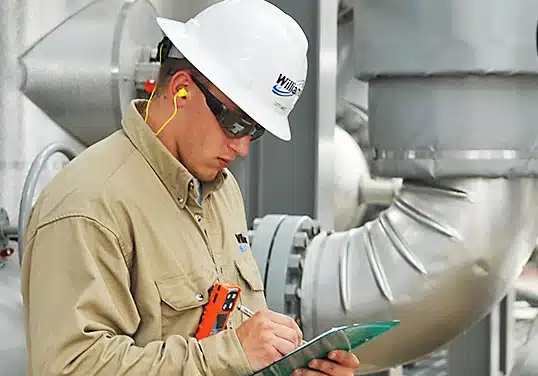Interpass temperature is the temperature of the material in the weld area between successive welding passes. When you’re welding, especially for thick materials or complex joints, you often have to make multiple passes with the welding torch to build up the weld to the required thickness.
Between these passes, the metal needs to cool down to a certain temperature before the next pass is made.
Why is Interpass Temperature Important?
- Preventing Cracks: If the interpass temperature is too low, the metal can cool down too quickly, which might lead to cracks in the weld.
- Controlling Metallurgical Properties: Different metals behave differently at various temperatures. Keeping the interpass temperature within a specified range helps ensure that the final weld has the desired strength, ductility, and toughness.
- Avoiding Overheating: If the interpass temperature is too high, it can lead to overheating, which might change the structure of the metal in a way that makes it weaker.
How is Interpass Temperature Controlled?
- Monitoring with Thermometers: Welders use thermometers, thermocouples, or infrared cameras to measure the temperature of the metal between passes.
- Cooling Techniques: If the metal is too hot, welders might use fans or other cooling methods to bring the temperature down to the desired range.
- Heating Techniques: If the metal is too cool, they might use heaters or torches to warm it up to the right temperature.
#welds #Interpass #materials


